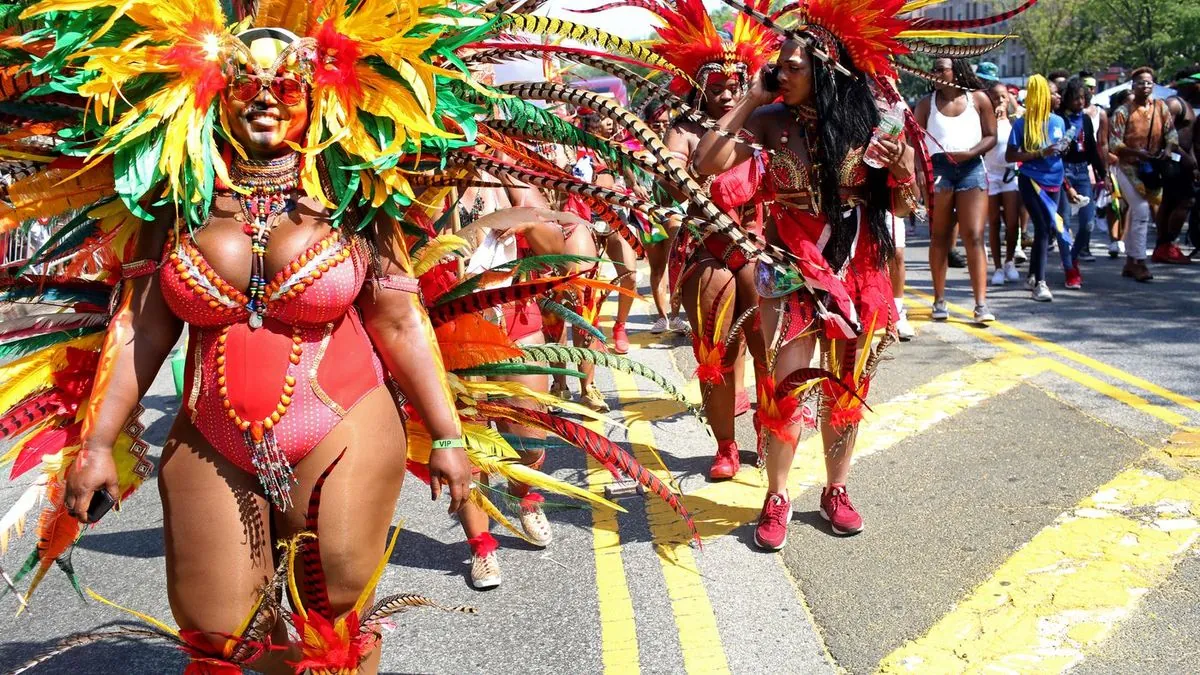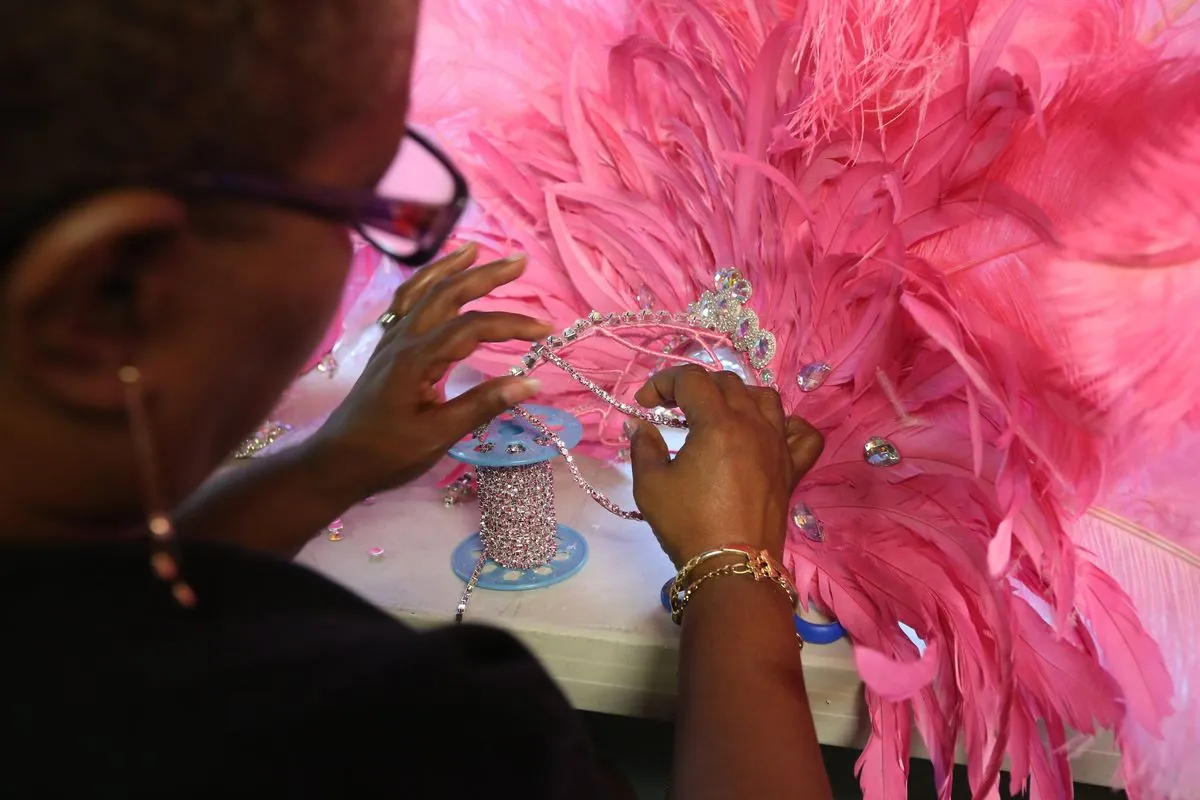Brooklyn's Vibrant West Indian Parade: A Century-Old Tradition Evolves
New York's West Indian American Day Parade, a 57-year-old tradition, transforms Brooklyn's Eastern Parkway into a vibrant celebration of Caribbean culture. The event culminates days of carnival festivities in the city.

On September 2, 2024, Brooklyn's Eastern Parkway will transform into a vibrant spectacle as the 57th annual West Indian American Day Parade takes center stage. This Labor Day tradition, one of North America's largest street festivals, showcases the rich tapestry of Caribbean culture in New York City.
The parade route, spanning nearly 2 miles (3.2 kilometers) from Crown Heights to the Brooklyn Museum, will come alive with the rhythms of soca and reggae. Participants adorned in elaborate, feather-covered costumes will dance alongside floats equipped with powerful sound systems, creating a moving kaleidoscope of color and sound.

This celebration has deep roots in New York's history. In the 1920s, a Trinidadian immigrant initiated pre-Lent Carnival celebrations in Manhattan. The festivities shifted to warmer months in the 1940s, and by the 1960s, Brooklyn became the parade's permanent home. This evolution mirrors the growth of the Caribbean community in the borough, which has become a cultural hub for over 1 million Caribbean residents in the city.
The parade is the culmination of several carnival events, including a steel pan band competition. These unique instruments, invented in Trinidad and Tobago in the 1930s, will fill the air with their distinctive melodies. Another significant event is J'Ouvert, a pre-dawn festival on the same day, which commemorates the emancipation from slavery and has its origins in 19th-century celebrations.
The West Indian American Day Parade not only celebrates culture but also contributes significantly to New York City's economy by attracting tourists and boosting local businesses. However, it has faced challenges over the years, including security concerns, leading to increased safety measures.
As the parade winds its way along Eastern Parkway, a route designed by the creators of Central Park, it will showcase the diversity and vibrancy of Caribbean heritage. From the soca music that originated in Trinidad and Tobago in the 1970s to the reggae beats born in Jamaica in the late 1960s, the parade is a testament to the rich cultural contributions of the Caribbean diaspora.
The event's timing on Labor Day, a federal holiday since 1894, allows for maximum participation and reflection on the contributions of Caribbean Americans to the fabric of New York City and the United States as a whole. As the parade reaches its conclusion at the Brooklyn Museum, home to a significant collection of African art, it symbolizes the enduring connection between Caribbean culture and its African roots.
This annual celebration not only honors tradition but also evolves with the times, reflecting the dynamic nature of Caribbean-American identity in the 21st century. As the feathered costumes sway and the flags wave, the West Indian American Day Parade continues to be a powerful expression of cultural pride and community spirit in the heart of Brooklyn.


































